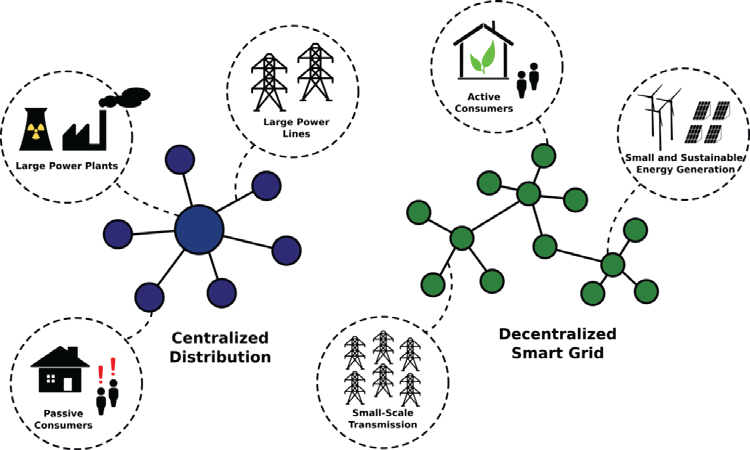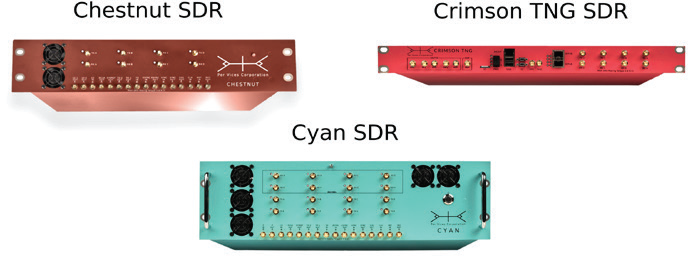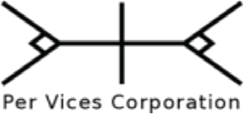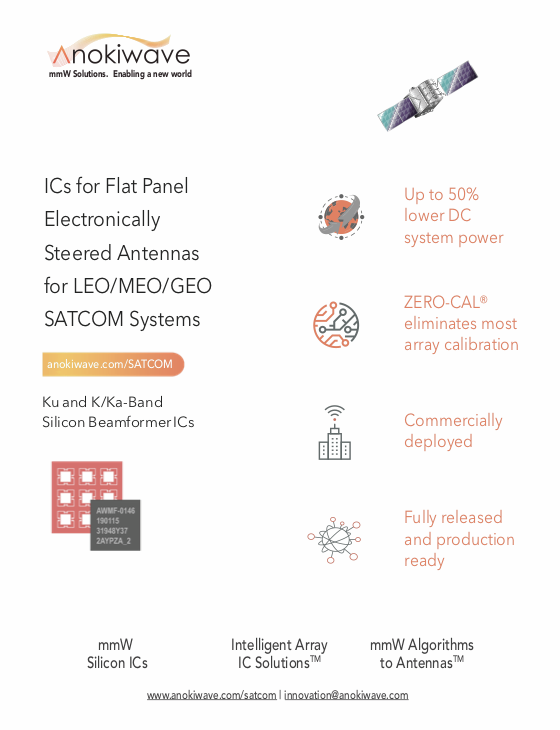The Smart Grid: Why Now?
Consequences of climate change are already affecting many areas of our society. This includes one crucial system that many people take for granted: the power distribution network.
Take recent events in Texas. During winter, exceptional storms (as the ones reported in 2011 and 2021) had caused blackouts and interruptions in the energy supply, while the heat waves during summer had caused power overloads due to the increase in the use of air conditioners and other cooling devices. In more extreme cases, such as the recent wildfires in Australia and California, the grid infrastructure had been seriously damaged or even destroyed, interrupting energy supply in several places, including networks far away from the incident.
 Figure 1. Centralized distribution is compared with a decentralized smart grid.
Figure 1. Centralized distribution is compared with a decentralized smart grid.
These issues are significantly aggravated by the type of grid distribution model currently in use today. The most popular distribution paradigm consists of centralized power plants supplying large networks of transmission lines, substations and transformers (Figure 1). Such a centralization of power distribution makes the network extremely vulnerable to localized issues. Therefore, with the ever-growing increase in destructive weather phenomena, the current network paradigm must be replaced by a smarter and more robust grid, capable of overcoming or at least minimizing the effects of climate change on power distribution.
Are Smart Grids The Solution? — Overview
As the name suggests, a smart grid is a more intelligent approach to power distribution. It is able to monitor the state of the grid in real-time, including load demand, power flow, voltage levels and line integrity. Moreover, it applies robust communication systems (such as 4G/5G, IP based protocols, WLAN and Power Line Communication (PLC) to transmit this information to several points of the network. Thus, smart grids can sense issues and report them through the whole system. However, this information is pointless if the system cannot solve them, so the grid should also provide actuation mechanisms that can be triggered automatically or remotely.
For example, Volt/VAR Optimization (VVO) can be applied to minimize peak demand and power losses by automatically adjusting the grid configuration, while management automation provides grid self-recovery in the event of outages, by detecting the location of the outage and rerouting the network to restore power. Moreover, the grid can provide real-time pricing to customers, that can adapt their consuming profile to reduce costs and, consequently, optimize their power demand. Decentralized monitoring and control provide much more resilience to localized issues within the network, while also allowing multi-point generation from green energy sources and active consumers (Figure 1).
Advantages
The automatic and self-repairing structure of smart grids significantly reduces maintenance and operation costs, which results in a smaller power cost for the consumer. More efficient power transmission and generation, obtained through real-time monitoring of the load demand and power flow, further decreases the power price, while also reducing the ecologic impact and carbon footprint.
As well, power decentralization and real-time monitoring provides better integration between large-scale energy systems and small-scale renewable generation (such as solar panels and wind turbines) from active consumers. Finally, smart grids are more resilient to network failures, as they can immediately detect the location of outages, contain the problem to prevent large-scale blackouts and immediately reroute the transmission lines to restore electricity strategically (for instance, prioritizing vital services and minimizing blackouts).
The Bottle Neck
Compared to conventional transmission networks, smart grids are significantly more expensive, as they require modern control devices, high-resolution and real time sensors, and reliable communication systems to function properly. Moreover, there is a lack of interest and therefore funding from both the government and private utility companies.

This lack of interest stems from both government and private utilities suffering serious financial strain after climate disasters destroy the power grid infrastructure as well as smart grid renewables like wind turbines which require hefty investment in infrastructure such as heaters in winter that often stay idle until winter or climate crisis (for example, snow storms in Texas).
Finally, the software required to run the smart grid is significantly complex, as it should handle, process and integrate a large amount of same data in several parallel processing units at the same time. The software should also implement state-of-the-art encryption and cyber-security features, as the risk of potential invasions to steal data and control the grid is a major concern of the government, power companies and consumers.
A Test Site For Smart Grid Tech
Although there is significant reluctance to fund the transition from conventional power systems to smart grids, one place is trying to be a pioneer in the technology: Sault Ste. Marie, Ontario. This city is known to be the North American capital of renewable energy since 2008, investing an immense amount in the construction of wind farms and hydroelectric plants. Most recently, to extract the best from the green energy generation system, the city plans to implement a complete smart grid by 2022. The designed grid will apply an advanced metering infrastructure (AMI) consisting of smart meters, communication networks and data management, enabling bidirectional communication between customers and power utility providers.
This is a huge project, especially for the communication and data processing system, as more than 33000 commercial and residential consumers will be connected to the grid. When finished, the Sault Ste. Marie project will show the world the many benefits and challenges of smart grids, which can be a great opportunity for innovators to develop new technologies and solutions to design smarter and more sustainable transmission networks.
SDRs For Smart Grids — Overview
Software Defined Radios (SDRs) are becoming the dominant technology in high-speed radio communications. As the name suggests, an SDR is a radio-frequency device that performs all essential signal processing in the digital world. It uses a minimal amount of analog hardware as possible.
An SDR contains a radio front-end for signal pre-amplification, filtering, downconverting/ upconverting with the overall goal of frequency tuning for transmission (Tx) and receiving (Rx). Powerful analog-to-digital and digital-to-analog converters (ADCs and DACs) are used to provide an interface between the analog and digital domains. The digital backend, consisting of FPGAs and DSP technology, is responsible for signal processing and computation.
The backend is the heart and brain of the SDR, as high-speed, multichannel powerful computations must be performed while also providing flexibility and robustness. Considering the great amount of data flow and data in a smart grid, as well as the need for integration with big data analytics, artificial intelligence and machine learning, SDRs are the best option for the main communication system of a smart grid.
SDRs For Proof Of Concept
Despite the many benefits of smart grids over conventional approaches, there is still a lack of trust and resources to implement it in large networks, which hinders the development of novel technologies. Moreover, new equipment cannot be directly tested in the actual grid, as any malfunction has the potential to cause great harm to power transmission.
In this scenario, grid simulation is fundamental to test and validate smart technology before implementation. SDRs are able to provide real-time digital simulation for control, security and data flow before actually being integrated into the grid. The reconfigurable FPGA gives flexibility for prototyping and implementing new protocols and algorithms, without any hardware modification. The smart use of the spectrum through cognitive radio can also be implemented using SDRs, increasing the communication adaptability.
Finally, grid simulators can be used to test cyber-security algorithms and encryption, preventing potential cyber-attacks.
Why Use SDR For Smart Grids?
The flexibility provided by SDRs is fundamental to support different physical layers, including the ones defined by the IEEE 802.15.4g standards, LTE, 4G/5G, WLAN and possible upgrades. This flexibility also increases the interoperability of the communication system, since the software can be designed to support the older AMI networks. SDRs can also be designed to deal with high data throughput, which is crucial to handle efficiently the amount of data in a smart grid. A state-of-the-art SDR can obtain large bandwidth operation with several parallel channels, allowing multiple bidirectional data flow.
For instance, the Cyan SDR, from Per Vices (Figure 2), provides 16 parallel radio channels capable of working from DC to 18 GHz. It comes with extended channels and higher bandwidth models, fitting different requirements in only one product. Cyan is the best SDR available in the market, which makes it perfect to act as a communication unit in a smart grid. However, performance may not be the only requirement, especially at the consumer side, where size and cost play a significant role.
For smaller units, the Chestnut and the Crimson TNG models from Per Vices may be more adequate, as they provide 4 channels, high throughput and several GHz of bandwidth with reduced cost and volume.

Nonetheless, independent of the device selected, any smart grid will profit from implementing SDRs in the communication system. www.pervices.com

Author Kaue Morcelles is an electrical engineer, with emphasis on electronic design and instrumentation. He currently works with biomedical research, developing instrumentation devices for tissue engineering. Learning and writing developing instrumentation devices for tissue engineeri about cutting-edge technologies is one of his passions.



